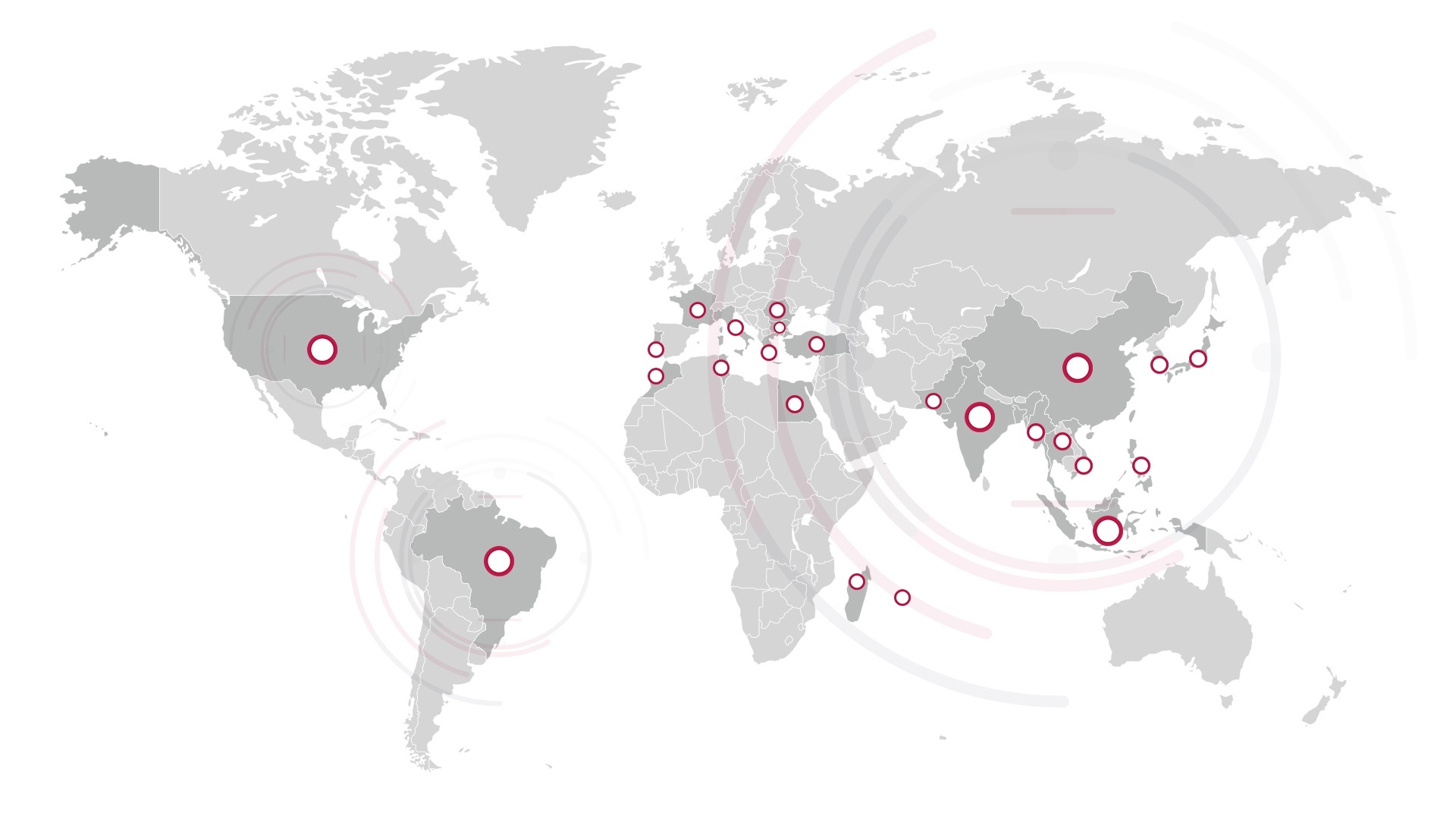It is well understood that working with good, reliable suppliers prevents production disruptions that can cause quality issues, extended time to market, and financial losses.
However, there are additional benefits to working with the right suppliers, including supplier self-inspections. But what are the advantages of this process, and how can you ensure the inspections are correctly completed while maintaining expected quality levels?
What Are Supplier Self-Inspections And Their Benefits
Because not all manufacturers present the same level of risk, quality solutions will vary depending on their performance. For advanced suppliers with a solid quality management (QMS) system, self-inspections are an option well worth considering.
Supplier self-inspections are when suppliers conduct their own quality inspections and share the results with their customers. When completed properly, they strengthen the supplier’s ability to manage quality inspections effectively.
During COVID-19 travel restrictions, self-inspections can, with remote-guided inspections, also be a valuable solution for maintaining quality levels when visits to factories are not possible.
Self-inspections allow strengthening suppliers’ ability to effectively manage quality inspection. And this leads to benefits for both the brand and the supplier:
Benefits of supplier self-inspections for brands include:
- Supplier ranking and selection of top performers
- Quick and early identification of issues
- Faster quality processes and production output
- Support by an independent third party
- Cost optimization and savings
Benefits of supplier self-inspections for suppliers include:
- Empowerment of Factory Quality Assurance teams
- Customer confidence and satisfaction
- Increased awareness of product requirements
- Consistency of goods and services quality
- Proactive culture of prevention and improvement
How Can You Help Ensure The Best Candidates for Self-Inspection?
Self-inspection can only be successful if the data from the inspection reports is trusted. That is why brands should carefully accompany the suppliers’ self-inspections with a specific program to ensure no nasty surprises regarding product quality, time to market, or consumer satisfaction. This can be achieved with a quality partner like SgT via four main steps:
1. QMS Audit
To select suitable suppliers for self-inspections, an onsite audit to review the supplier’s QMS efficiency and overall quality organization is recommended. If the factory is producing childrenswear, additional product safety audits may be needed.
2. Training
Once the right suppliers have been identified, the next step is to ensure the factories’ designated quality assurance (QA) representatives are also a good fit. Theoretical training can help ensure the representatives have the required skills to assess product quality according to the brand’s specific expectations.
3. Evaluation
After being trained, the designated QA representatives should complete both a theoretical and a practical examination as per the brand procedures. During this evaluation, the representatives need to demonstrate their capability to perform an inspection independently.
4. Monitoring
Once the right representatives have been allocated to conduct self-inspections, it is important to monitor the consistency of quality inspection practices over time. Factory evaluations and random audits can assist with this, with their frequency depending on the overall factory performance regarding the production quality.
Focusing on these four steps, SgT’s Factory Certified Auditors (FCA) customizable program helps ensure that suppliers are meeting brand and product requirements for reliable self-inspections.
To learn more, contact our experts today.



